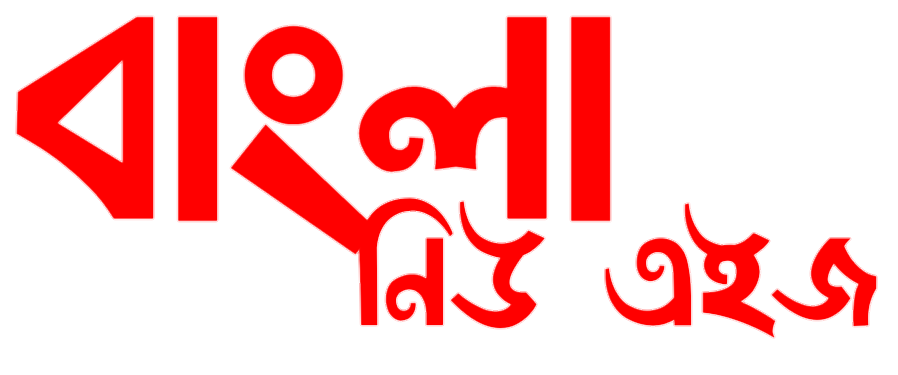The military operation launched by the central and state governments against Maoist rebels in the Indian state of Chhattisgarh has practically become a battlefield. More than 10,000 troops have been deployed in the Karigatta hill forests of the state. Searches are being carried out in the deep forest areas with helicopters. This operation, known as 'Operation Zero' or 'Operation Kagar', is being considered the biggest step in suppressing Maoists.
The operation is being directly led by India's ruling Hindutva BJP government. They are in power at both the state and central levels in Chhattisgarh. The government has intensified its crackdown on Maoists since the beginning of this year. At least 201 rebels have been killed. Many of those killed are tribals. On Wednesday alone, 27 people died, including the last general secretary of the Maoist organization, Nambala Keshava Rao.
However, human rights groups and opposition parties have expressed deep concern over the operation. They allege that many innocent tribals are also being killed under the guise of 'Maoists'. They have called on the government to stop the fighting and hold talks.
According to government data, more than 11,000 people, including civilians and members of the security forces, were killed in Maoist conflicts between 2000 and 2024. Of these, at least 6,160 were rebels.
Who are the Maoists and what do they want?
The armed Maoist movement in India began in 1967 with a peasant uprising in Naxalbari, West Bengal. This 'Naxal' movement was led by Charu Majumdar, Kanu Sanyal, etc. Their demand was that land should be given to landless farmers and action should be taken against the exploitation of landlords.
This movement gave rise to the Communist Party of India (Marxist-Leninist), which believed in armed rebellion beyond the democratic process. The revolutionary philosophy of Chinese leader Mao Zedong was their main inspiration. However, over time, this party broke into many parts. The original CPI(ML) is now a formal political party. They participate in elections.
BJP's aggressive strategy
During the Congress government in Chhattisgarh (2020-2023), 141 rebels were killed. But after the BJP government came to power, the number of deaths rose to 223 in 2024. State Chief Minister Bishnu Dev Sai says, 'Now the final phase is underway, we are rapidly moving towards a Naxal-free India.'
Union Home Minister Amit Shah is also regularly visiting the field to support this campaign, spending nights in army camps. He has announced that India will be made 'Naxal-free' by March 31, 2026.
Currently, there are 320 government security camps in the Bastar region alone. There are about 3 million security personnel in the camps. More than 66,000 security personnel are deployed in the entire state of Chhattisgarh. Surveillance is being carried out in the dense forests through various modern technologies including drones, thermal imaging, satellite monitoring.
Allegation: Killing of tribals in fake encounters
But the most serious question about the operation has been about human rights violations. According to the People's Union for Civil Liberties, there has been evidence of at least 11 fake encounters in the past year and a half. For example, in March, the police claimed to have shot dead three rebels in Bordga village in Bijapur district. But locals say the three were picked up at night, shot and branded as 'Maoists'.
In 2012, 17 tribals were killed by security forces in the village of Sadek Guda and in 2013, 8 tribals. In the subsequent investigation, the High Court judges said that all the deceased were innocent. Yet, to this day, no case has been filed against any police officer.
Is the Maoists' capabilities diminishing?
In 2011, the then Inspector General of Police of Chhattisgarh, Vishwaranjan, estimated that around 10,000 armed Maoists and 40,000 militia members were active in the Bastar region. Although these numbers are difficult to determine with precision, the Maoists were capable of carrying out deadly attacks on security forces at that time. In 2010, they ambushed a forested area in Chhattisgarh and killed 76 paramilitary personnel. Three years later, another attack killed many people, including a Congress leader.
Currently, Bastar IGP Sundarraj P says that there are about 1,000 armed Maoists and another 15,000 people associated with them who are active.
Internal Maoist reports admit that their membership has dwindled. Units have become smaller and ammunition is running out. Of the 40 members of the Central Committee and Politburo that once comprised them, only 18 are now free. All the rest have been arrested or killed.
The Maoists may have weakened in Chhattisgarh, but they are regaining influence in the neighboring state of Madhya Pradesh. Maoism is an ideology—it cannot be ended by force alone. Until a society free of economic inequality is created, this ideology can return in a new form.








